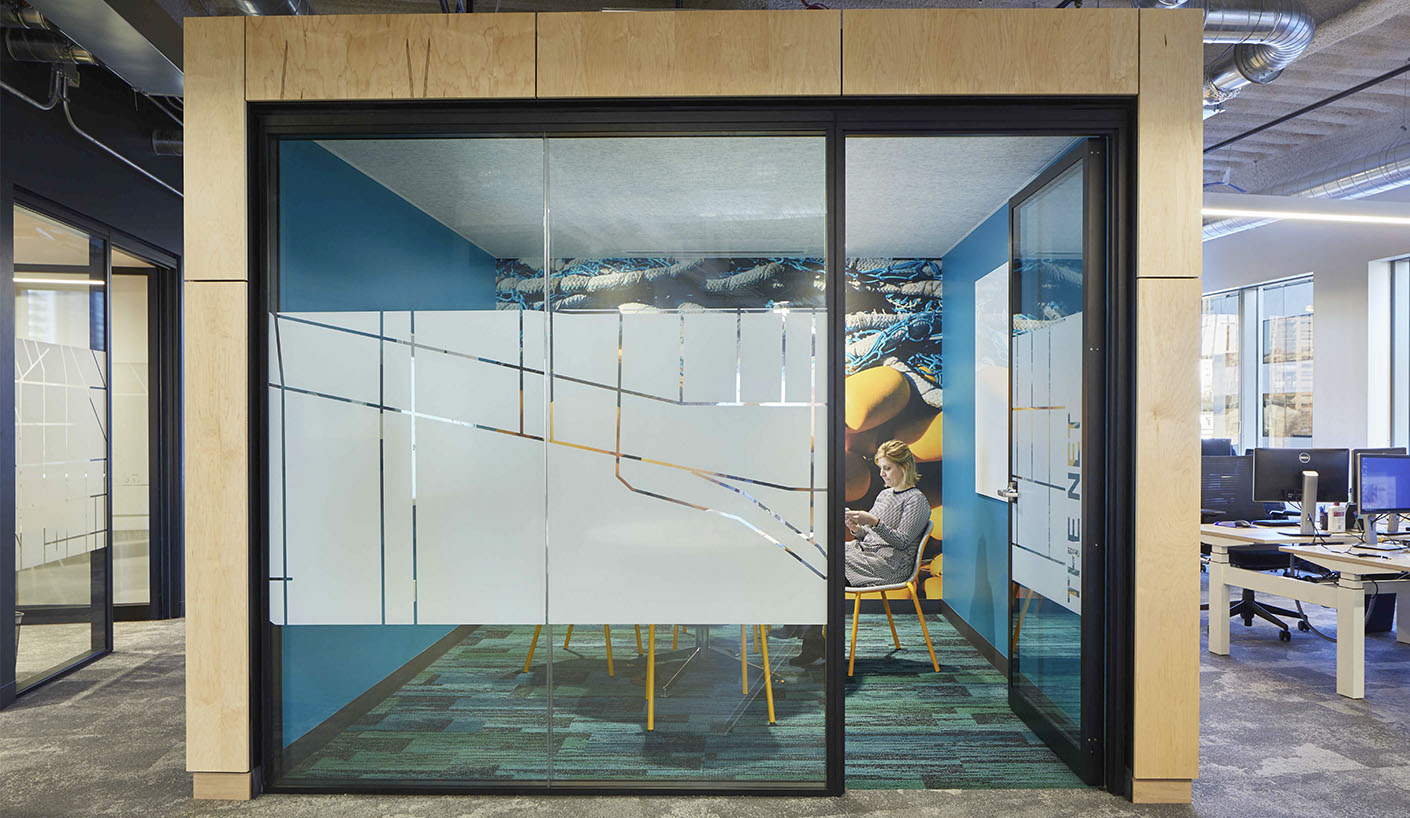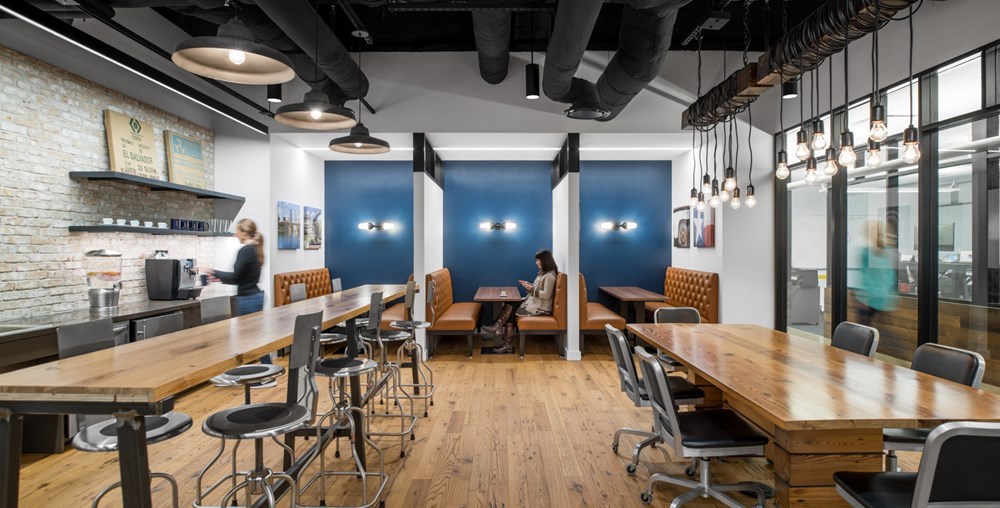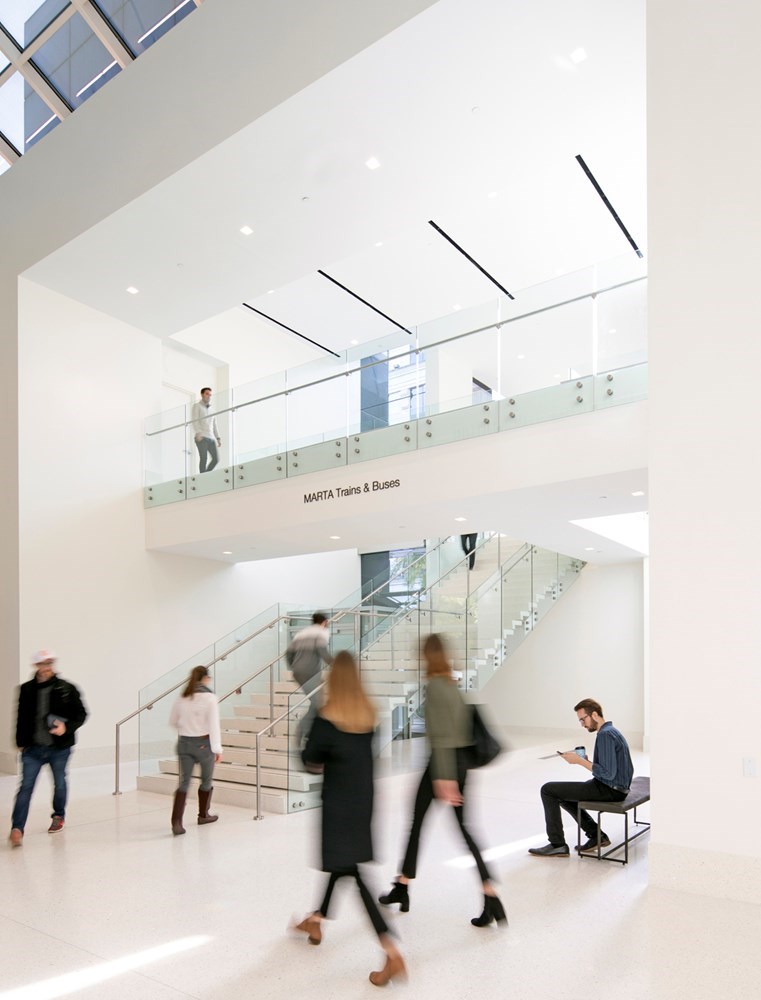This story is part of our insight series around the impact of the COVID-19 pandemic.
As we continue to adjust to the impacts of the COVID-19 health crisis, we are also allowing ourselves to think about what a return to work will look like and how we can do that safely. There is still uncertainty around exactly how or when restrictions will be lifted, but we expect the next steps to be a period of cautious transition. We may return to our office environments, but not all at once, and the re-entry will be amid a series of enhanced infection control measures that will seem anything but normal. Companies will be challenged with putting together specific plans about who will come back first, how to make collaboration safe during the transition, and how to keep focused on why we are returning at all.


